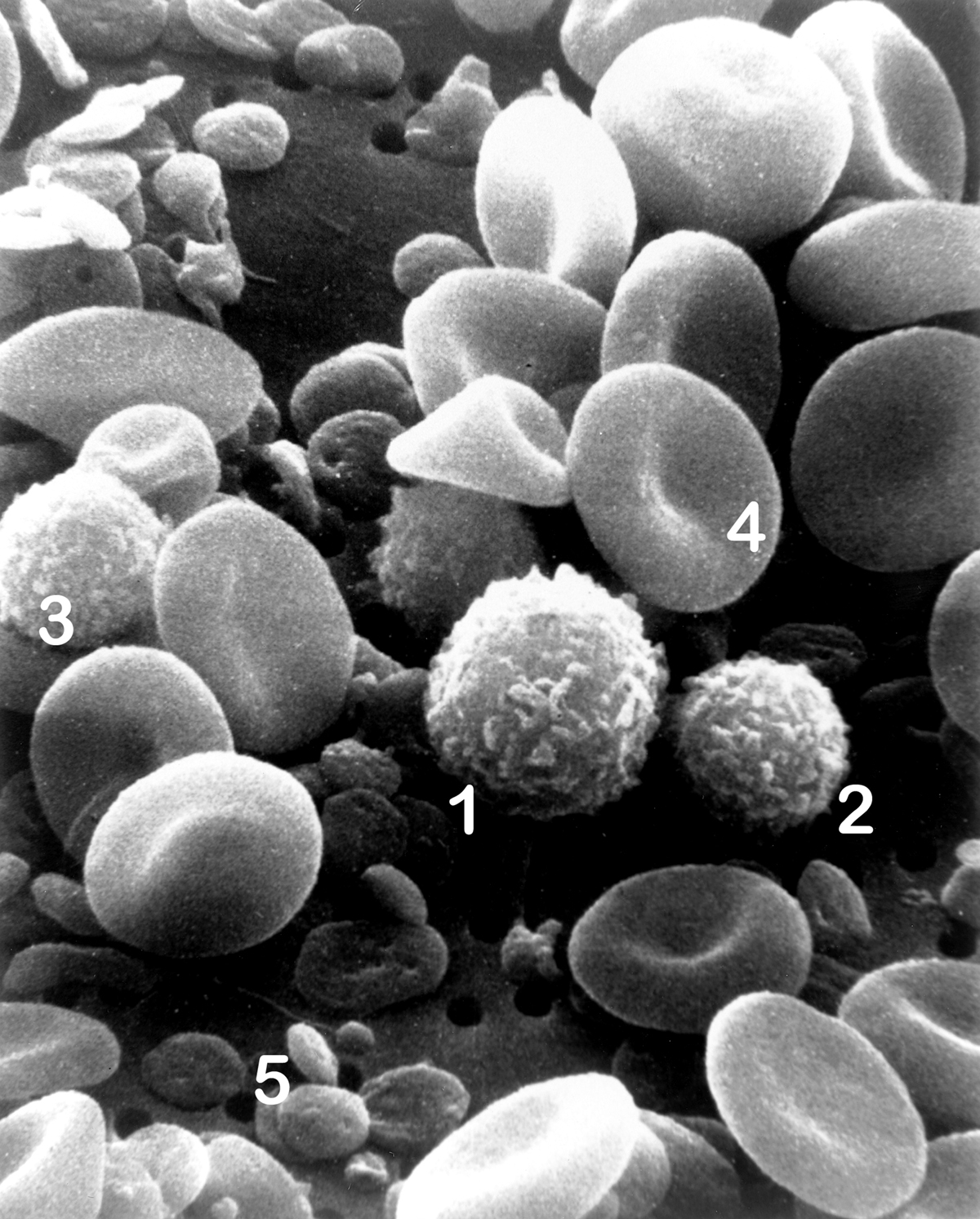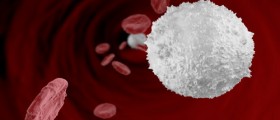
Structure and function of lymphocytes
A lymphocyte is one kind of white blood cells. It is present in the blood and in the lymph. Together with other sorts of white blood cells, lymphocytes serve to protect the organism against various diseases and do this by fighting viral and bacterial infections and various parasites and foreign bodies. Our organism's function is endangered whenever a disease – causing virus or bacteria manages to enter it.
In there, it begins to multiply, using nutrients and damaging the surrounding tissue in the process, or poison the body by products of their metabolism, which can be very harmful and toxic. Lymphocytes provide a specific response of the immune system and attack the invading organisms in a specific way.
Lymphocytes can also attack tumors, as they perceive them as something foreign and not part of the body. Unfortunately, they can also cause problems in organ transplantation procedures, as they can attack transplanted organs as foreign bodies. Lymphocytes are fairly small when compared to other white blood cells, measuring 7 to 8 micrometers across on average, and 10 to 20 micrometers in large exemplars.
Cytoplasm (filling material of the cell) of lymphocytes usually does not have large grainy particles, while larger forms might have a few. In total, lymphocytes make for 20 to 40 percent of total lymphocyte count.
Origin of lymphocytes
Lymphocytes are made in lymphatic tissue, a net of cells and fibers whose role is to serve as body's defense fortifications when fighting disease. Some of the lymphatic organs include the spleen (an organ located next to the stomach, which among other things, scrapes worn out red blood cells), thymus (an important gland) tonsils, and numerous lymph nodes. Lymphocyte production begins early, as even stem cells (fetal cells than can develop into many different types of cells, whereas adult cells other than blood stem cells cannot develop into any other form but their own when replicating) transform into lymphocytes.
Types of lymphocytes
There are two types, known as T cells and B cells. Structure of their membranes is different, and so is their role in the organism.
Lymph nodes
Lymphatic vessels serve as a sewage system. They are running alongside veins and drain back in the bloodstream near the heart. Along the way, lymph vessels pass through clusters of lymph nodes. A human organism contains hundreds of lymph nodes. If the organism is not under attack, lymph nodes are inactive - small, soft and flat, and typically cannot be felt by touch. Lymph nodes serve as filtering posts. They remove the microorganisms from the lymph fluid and produce cells and antibodies whose role is to attack and destroy them. When active, as while the body is under attack from viruses, bacteria or parasites, the lymph nodes swell, become enlarged and hard, and those that are near the surface of the body can be felt.
Lymphocytes have immunologic memory – they “remember” the invading agent and can recognize it quickly if it occurs again. Thus you can get some diseases such as measles just once in your life – the next time such disease appears, it will be stomped out by the immune system before it can cause any trouble.
















Your thoughts on this
Loading...